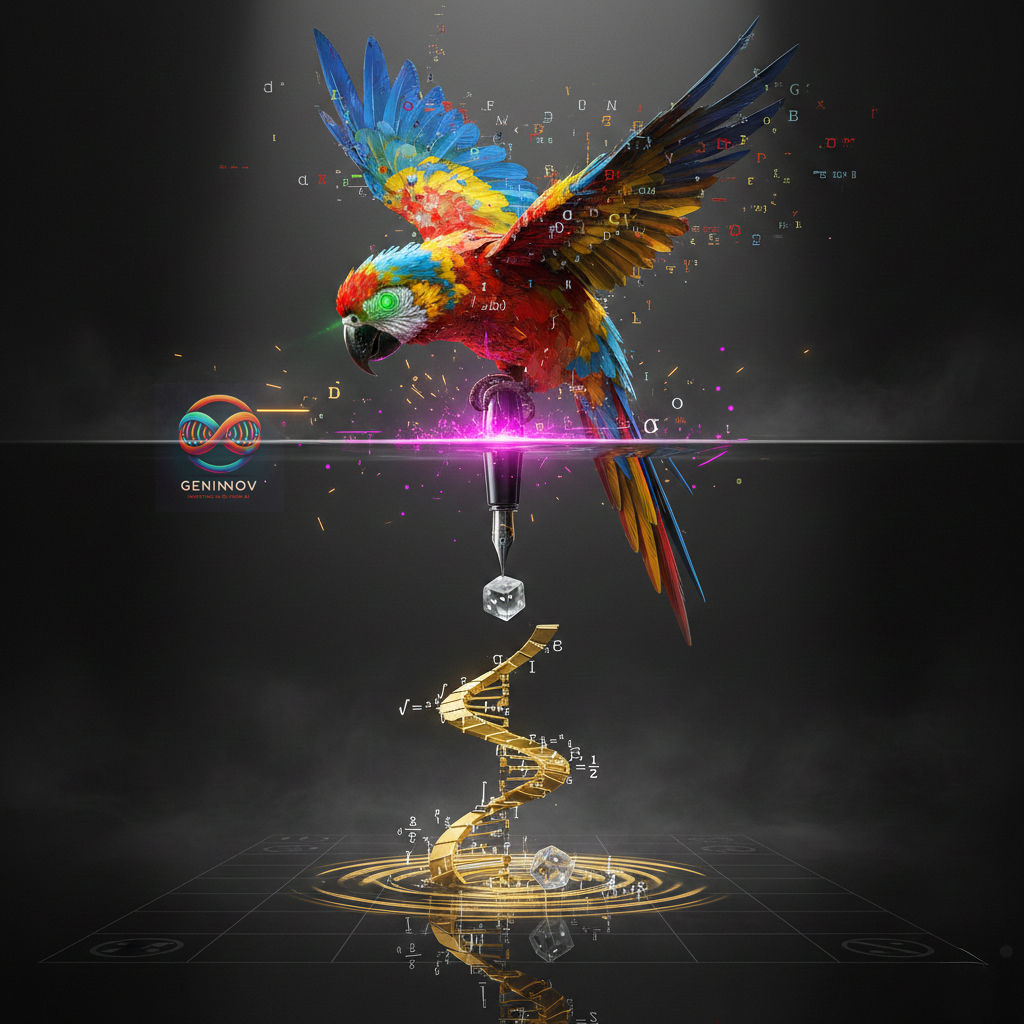The dream machines are on a hype(r) drive, churning new use cases of generative #AI. The surge in AI stock prices has ignited a creative storm among corporate spokespersons and stock analysts of every sector and ilk.
This analyst found over three dozen pathbreaking ways AI can change almost every industry one can think of in a book recently. In healthcare, for instance, every report seems to be discussing another way the revolution is about to unfold - from the sped-up gene mapping to enhanced drug discovery thanks to machine analysis of obscure research surveys, in tailored treatments to improved diagnosis through better connecting-of-dots, from synthetic molecules to simulated trials, and a few more.
Timeless forecasts appear to be the risk-free way to join the hype. When one states how synthetic data could accelerate the innovation pace in autonomous driving, one cannot be wrong about the forecast without specifying whether it means fully functioning driverless vehicles in two years or twenty.
The reality is that the since the ChatGPT-enabled transformer model validation a few months ago, the concrete, novel use cases are still emerging and are relatively modest in scale. These primarily revolve around image editing, text drafting, presentation preparations, and searches.
These use cases are impressive and hold tremendous promise in many other segments. The current landscape is rife with hype peddlers and spin doctors striving to outdo each other with ever-grandiose promises. Should the financial market frenzy around AI persist, we can expect the narrative to become even more fantastical.
Science does not owe anyone to produce extraordinary results at whim or to match the expected returns on large-risk investments. Innovations, by nature, are episodic. The inherently stochastic nature of generative AI technologies implies that even foundational models that have achieved breakthroughs with increasing parameters and extensive testing over the past year may hit plateaus, where significant advancements might be years away. While this may seem counterintuitive given the current momentum, it's a realistic possibility.
In short, serious investors should believe more in what they see in actual results rather than even scientists' plans, let alone management presentations or analyst reports on what could be ahead.



